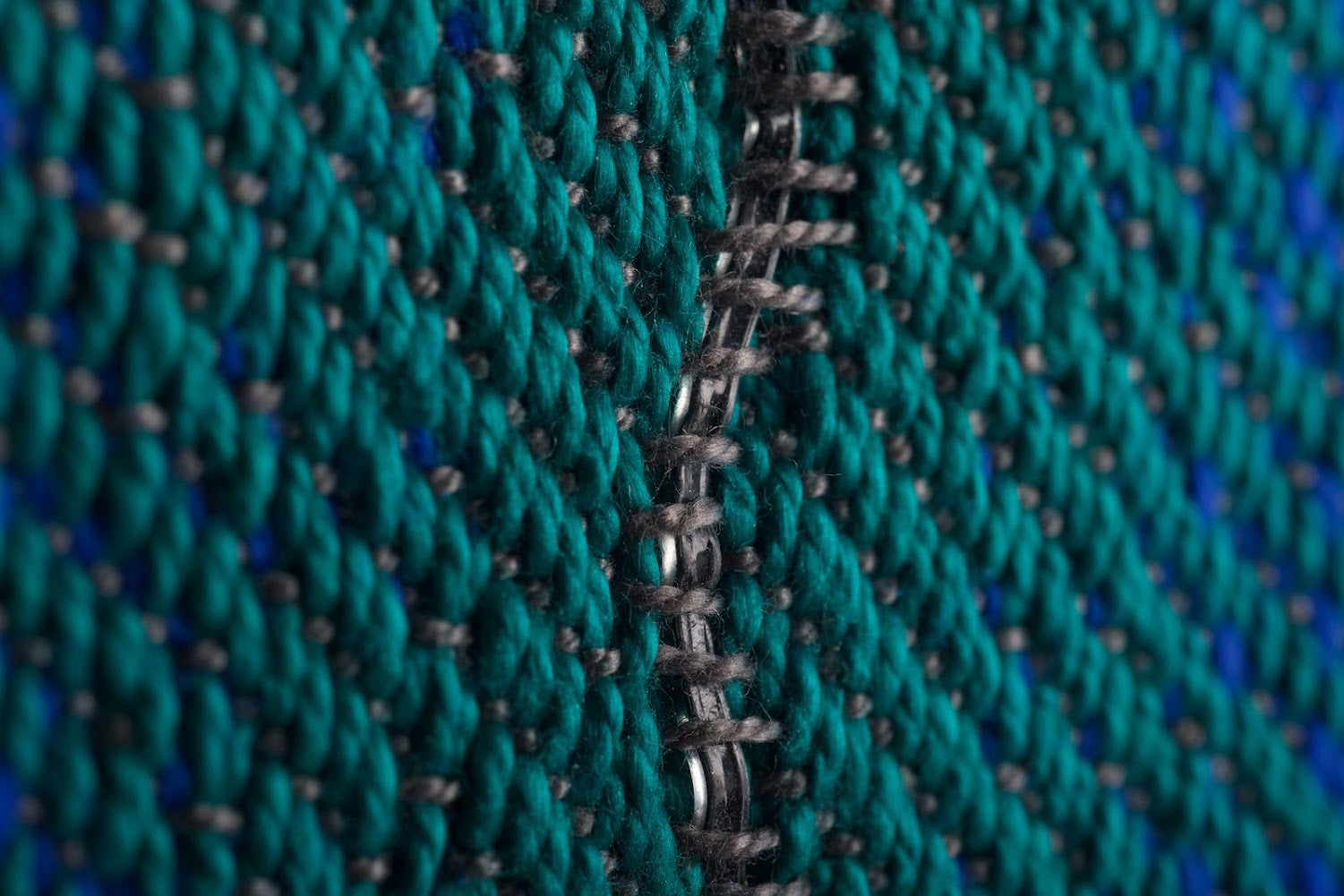Scientists create a fabric that can hear
Textile could be used for everything from hearing aids to clothes that monitor their wearer’s body – or even on spaceships or under the sea

Your support helps us to tell the story
From reproductive rights to climate change to Big Tech, The Independent is on the ground when the story is developing. Whether it's investigating the financials of Elon Musk's pro-Trump PAC or producing our latest documentary, 'The A Word', which shines a light on the American women fighting for reproductive rights, we know how important it is to parse out the facts from the messaging.
At such a critical moment in US history, we need reporters on the ground. Your donation allows us to keep sending journalists to speak to both sides of the story.
The Independent is trusted by Americans across the entire political spectrum. And unlike many other quality news outlets, we choose not to lock Americans out of our reporting and analysis with paywalls. We believe quality journalism should be available to everyone, paid for by those who can afford it.
Your support makes all the difference.Scientists have created a piece of fabric that can hear.
It is able to turn a shirt, for instance, into something like a microphone: converting sound into vibrations and electrical signals so they can be recorded. It does so on the same principles as the human ear.
And the hearing of the fabric is incredibly precise: it can capture sounds ranging from a quiet library to a busy road, and even work out the direction of sudden sounds.
It could be used for a range of purposes, its creators say – including sewing it into clothes so that they can hear the heartbeat of their owner.
“Wearing an acoustic garment, you might talk through it to answer phone calls and communicate with others,” said lead author Yet Wan, who created the technology at MIT.
“In addition, this fabric can imperceptibly interface with the human skin, enabling wearers to monitor their heart and respiratory condition in a comfortable, continuous, real-time, and long-term manner.”
Fabrics all vibrate in response to sound – though those vibrations are usually small and imperceptible. Generally, their main relationship to noise is to dampen it, and they have historically been used as soundproofing in spaces that want to minimise leakage or echoes.

The new study reimagines the response of fabric to sound, however. Researchers made it out of a material that turns any movement of the fabric into an electrical signal – and it can do that with sounds.
In testing, the fabric was able to pick up a wide variety of sounds, vibrating in proportion with the noises that happened around it. “This shows that the performance of the fiber on the membrane is comparable to a handheld microphone,” said Grace Noel, a co-author on the paper.
They then wove that acoustic fabric into more traditional yarns, creating a piece of textile that could be draped and washed just like a traditional fabric.
Researchers described it as being like a lightweight jacket, somewhere between denim and a dress shirt in terms of weight.
Even when it was turned into a wearable fabric – by being sewed into the back of a shirt – it could pick up the sound of people clapping around it. It was able to find the angle they were clapping at, within one degree, from three meters away.
Researchers have suggested a whole host of possible options for using the fabric in practice: hearing aids, clothes that are able to communicate, fabrics that can track the bodily responses of people wearing them, as well as other possibilities even beyond traditional clothing.
“It can be integrated with spacecraft skin to listen to (accumulating) space dust, or embedded into buildings to detect cracks or strains,” said Yan in a statement. “It can even be woven into a smart net to monitor fish in the ocean. The fiber is opening widespread opportunities.”
Join our commenting forum
Join thought-provoking conversations, follow other Independent readers and see their replies
Comments